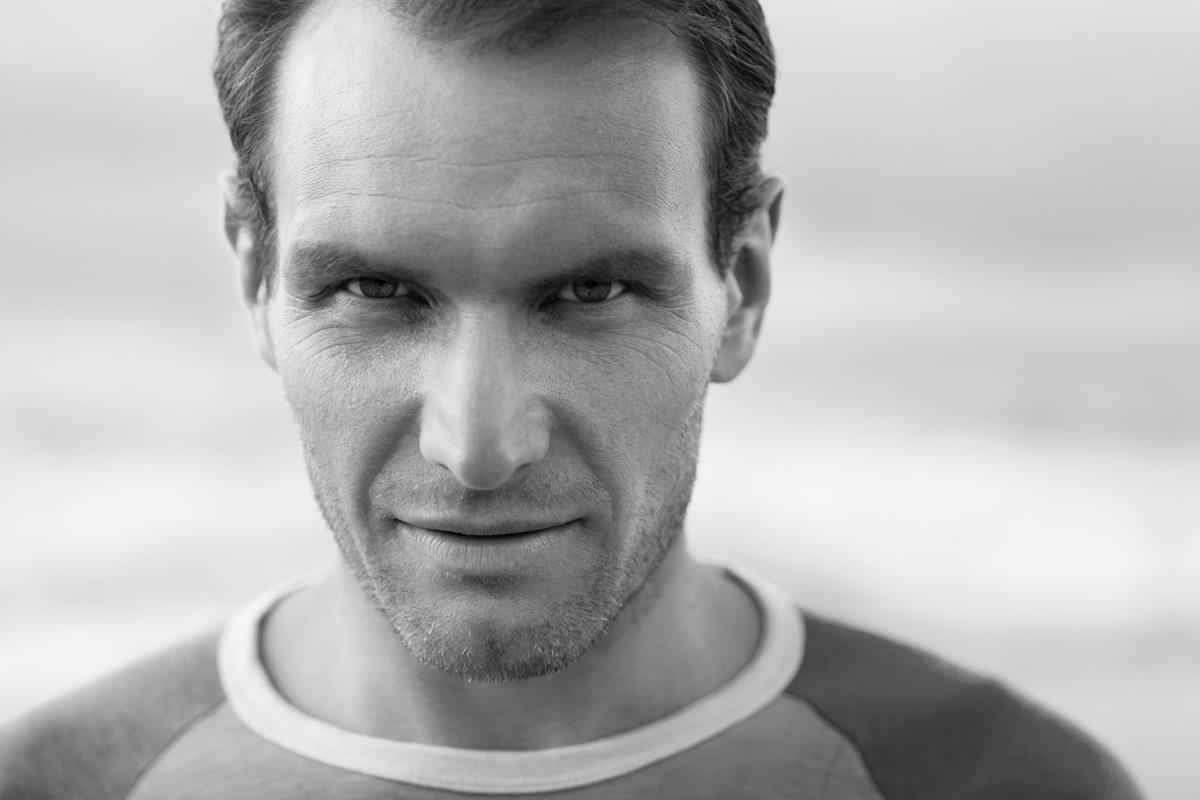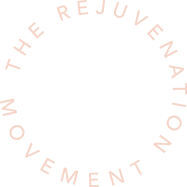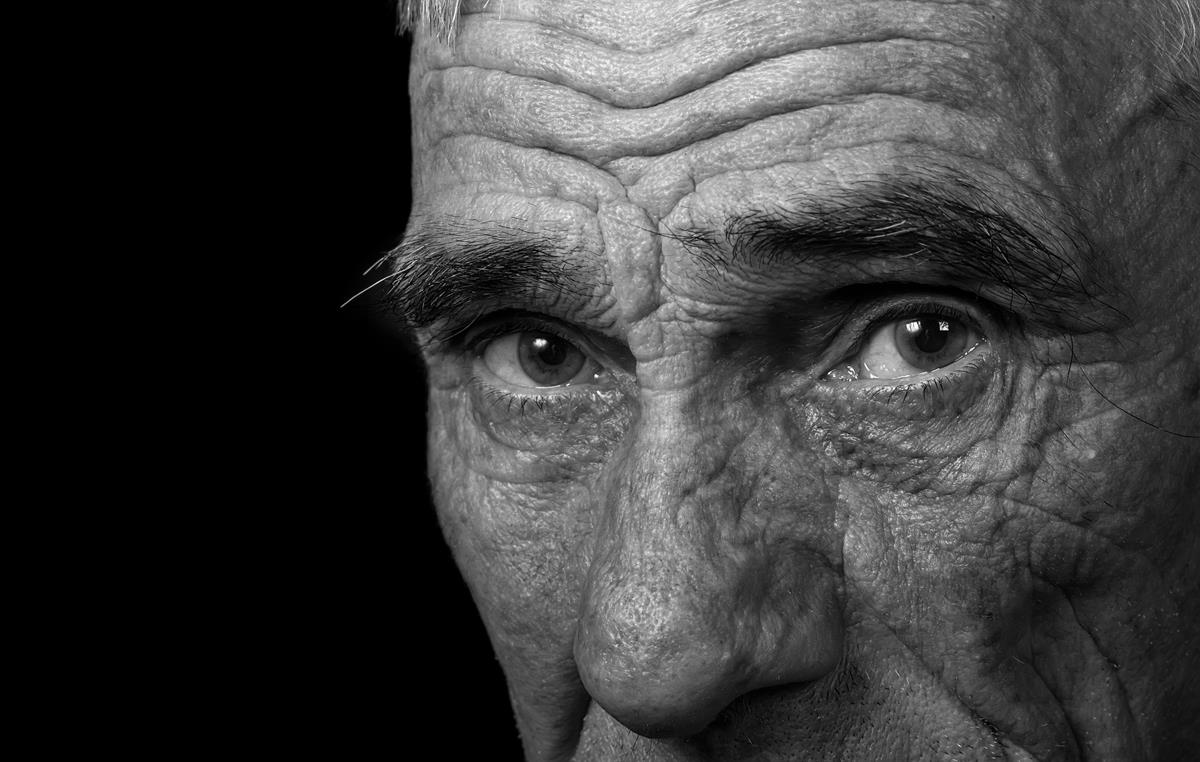As we age, our skin loses its elasticity, becomes thinner, and forms folds, creases, or ridges known as wrinkles. Those areas that naturally fold in a person’s face will develop wrinkles first. Sun exposure can accelerate wrinkle development, especially on the face, neck, arms, and back of the hands. Other causes include smoking, drinking alcohol and dehydration, certain medications, and environmental and genetic factors.
Everyone will eventually develop wrinkles, yet many try to reduce their appearance to look younger. A dermatologist can recommend treatments that range from anti-aging skincare products to botulinum toxin, fillers, chemical peels, laser treatments, and more. Here are your treatment options in detail:
Treatment
- Topical retinoid – A vitamin A derivative, topical retinoid supports collagen production in the skin which helps to reduce fine lines, hyperpigmentation, and skin roughness. While retinoid is highly effective, it makes the skin more sensitive to the sun, so make sure to always protect your face with sunscreen and a wide-brimmed hat when stepping outdoors.
- Other medications – Aside from retinoid, over-the-counter retinol, kinetin, alpha-hydroxy acids, coenzyme Q10, copper peptides, and antioxidants may reduce the appearance and slow the formation of fine lines and wrinkles.
- Dermabrasion – This surgical procedure uses a rotating device to remove the upper layers of the skin in a controlled way to remove fine lines, tattoos, acne scars, and moles. Some side effects include swelling, scabbing, and discoloration but they usually fade within two weeks.
- Microdermabrasion – Similar to dermabrasion, microdermabrasion uses a handheld device that acts as a powerful vacuum and removes aluminum oxide microcrystals sprayed across the face, and, with it, reduces the appearance of fine lines, sun damage, coarse skin, and enlarged pores.
- Botox – Botox, or botulinum toxin type A, blocks muscle contractions, thereby reducing the appearance of fine lines and preventing the formation of wrinkles. It is usually applied to forehead lines, frown lines, and crow’s feet on the eyes. Botox usually lasts 3-4 months and requires repeat injections for maintenance.
- Fillers – Collagen, hyaluronic acid, or fat fillers are injected into deep face wrinkles to add volume and plump them up. The treatment is temporary and requires regular maintenance injections.
Other treatments for fine lines and wrinkles include laser and light source therapy, non-ablative lasers, radiofrequency (RF) treatments, chemical peels, or surgical facelifts. Discuss your goals and concerns with a trusted dermatologist to identify your best options and the ideal treatment for you.

















